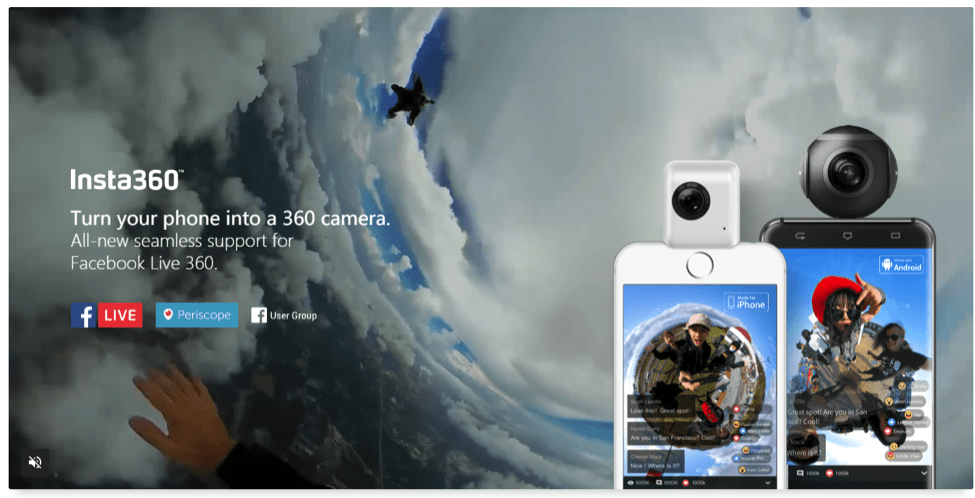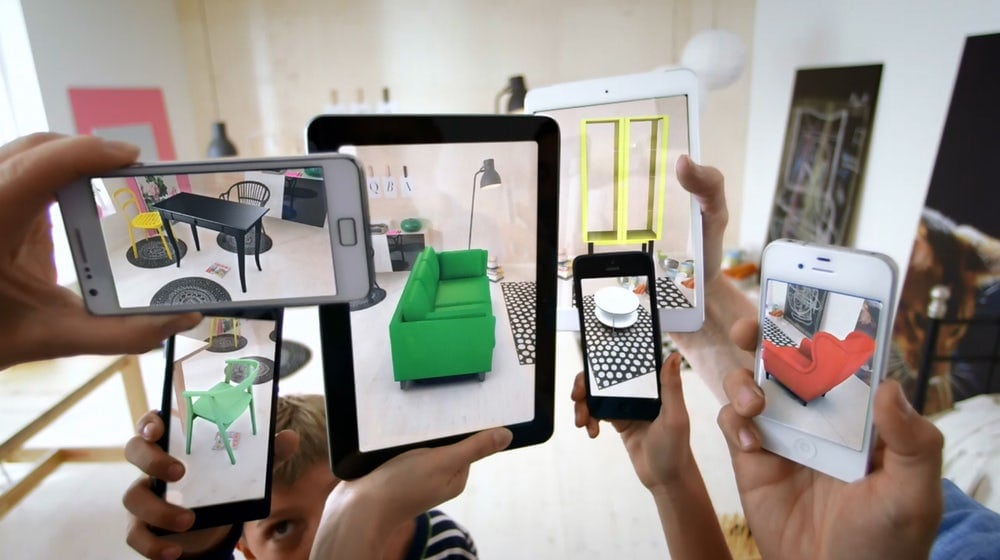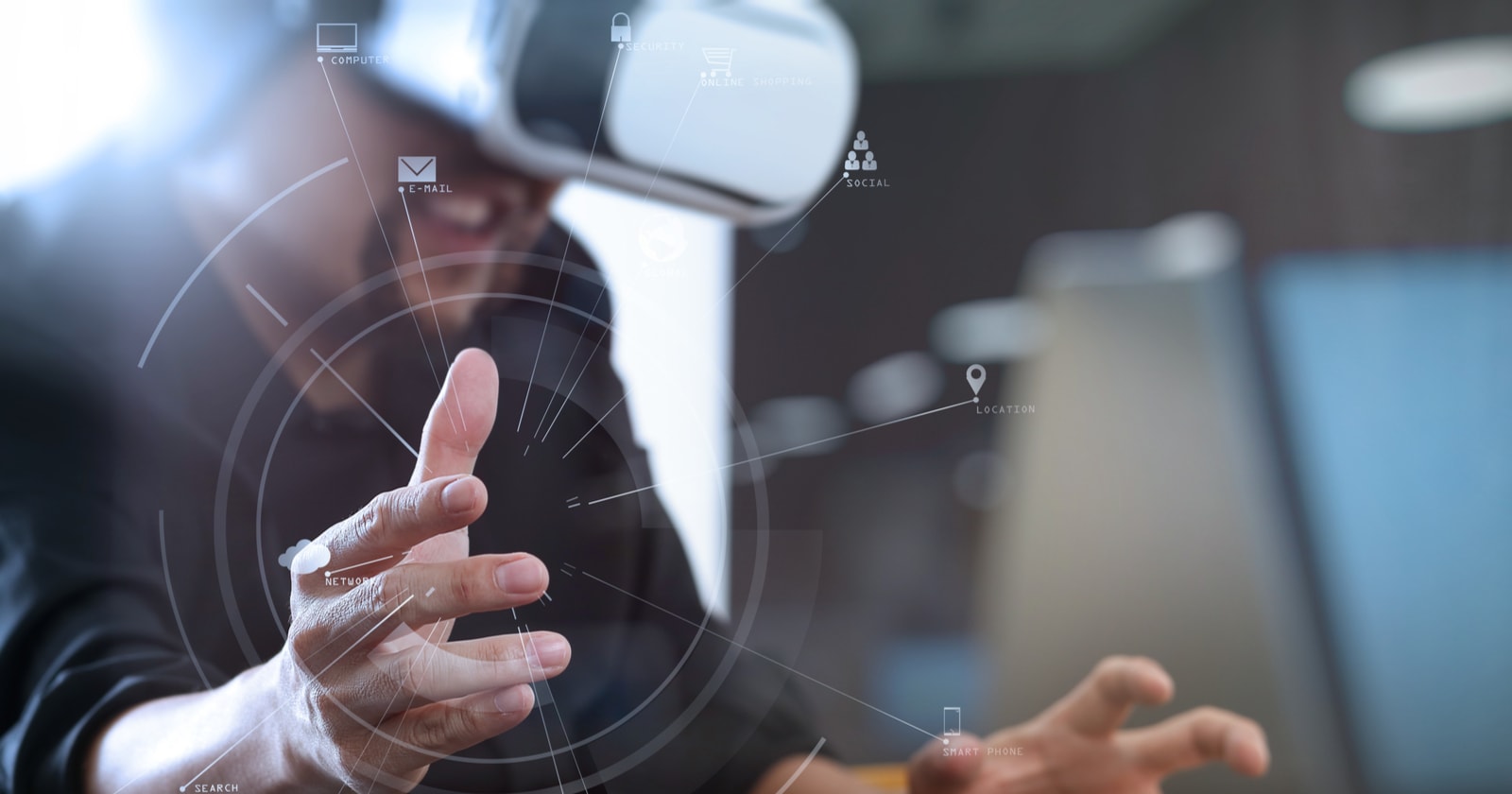Virtual reality (VR) is perhaps the most anticipated technological innovation in recent memory. What was once a product of science fiction movies is now transitioning into one of the most powerful marketing tools of the 21st century.
Industry giants like Facebook, Samsung, Sony, and Google investing in VR. Clearly, VR will be around for the long haul. In fact, a Greenlight Insights survey, reported by Adweek, found that 71 percent of consumers view a brand utilizing VR as “forward-thinking.”
The purpose of VR is to create authentic experiences void of background noises. Through the act of putting on a headset, a user can be teleported anywhere from a peaceful beach to the ends of the universe. The beauty of using this tool for marketing is that you, as a brand, are in complete control of everything the user sees or hears in a 360-degree environment.
Even though it’s still very much in the infancy stages, companies of all backgrounds are wise to begin thinking about what VR can do for their content marketing. Here are three tips to keep in mind when planning your strategy for the not-so-distant future.
1. Focus on Immersive Storytelling
In today’s marketing landscape, storytelling is an incredibly popular way to present brand messaging. Using VR is a strategy that helps brands connect with audiences in ways traditional marketing simply cannot.
The gaming industry has proven VR to be an avenue in which storytelling can flourish. But we currently lack a substantial amount of hard evidence on how exactly to build a great experience from a promotional standpoint. In other words, today’s marketers are the pioneers of VR in business.
As content strategists, all we can do is gauge what other companies are doing and pinpoint the common threads that make an experience successful.
UNICEF’s “Clouds Over Sidra” remains one of the most impactful displays of VR used in storytelling to date. The experience was meant to provide an immersive illustration of the harsh realities faced by over 80,000 Syrians living in the Za’atari refugee camp in their attempt to flee the horrors of civil war.
The story features a 12-year-old girl trying to live out the formative years of her childhood in the camp. The video depicts her living situation, going to school, socializing, and doing her best to enjoy life under the bleak circumstances. It was the first film shot in VR for the United Nations and ended up raising $3.8 billion.
The reason this content was so successful is that it contextualized the innocence of an everyday civilian by showcasing the inhumanity and costly effects of war. The storytelling truly put the “reality” factor into VR and created a greater sense of empathy in the viewer by bringing them directly to the front lines of the Syrian Refugee Crisis.
So what are the lessons we can glean from this?
- The impact of cultural immersion is extraordinarily meaningful in conveying an authentic experience from a new perspective. Brands can use this concept in their VR strategy to educate audiences by creating a whole scope of which to consume content.
- Marketers need to think native. It’s no secret that traditional marketing strategies are not as effective as they used to be. That being said, a VR experience should place priority on emphasizing both context and creativity in a non-invasive way. Doing so will be instrumental in promoting organic engagement.
Storytelling is a cornerstone of content marketing. VR has the capability to supercharge it with an outstanding degree of user immersion.
2. Encourage User-Generated Content
User-generated content (UGC) has proven time and time again to be beneficial in content marketing. Some of the most influential brands, such as Red Bull and GoPro, have been incredibly successful in making UGC a staple in their marketing strategies.
At a foundational level, one of the core objectives of content marketing is to create communities. While user-generated VR content is a new concept still finding its bearings, it will likely be the engine that drives further development in VR hardware.
In the future, general consumers will be able to equip themselves with the proper cameras to create their own high-grade VR experiences.
The seeds have already been planted as Facebook and YouTube now support the 360-degree camera format. Tools like the Insta360 give people the ability to turn their phones into 360-degree cameras capable of shooting advanced content.

In the coming years, the demand for high-quality VR creation will only continue to grow.
As one of the premier benefits of VR gives marketers complete control over their messaging, some are hesitant to embrace full-scale UGC. On the contrary, doing so can have significant B2C benefits in terms of boosting engagement and overall brand trust.
As with any forms of UGC, its effectiveness depends entirely on the type of brand using it and the method they are employing. However, the creativity and success of the major UGC campaigns can’t be ignored.
Brands looking to make VR a significant part of their marketing efforts should prepare themselves accordingly. It’s never too early to start brainstorming a compelling campaign for when user-generated VR content becomes a widespread phenomenon.
3. Bring the Product Right to the Customer
One of the most outstanding benefits of VR is that users are able to completely experience what a business is selling without leaving the comfort of their own home. If this revolutionary form of shopping has taught us anything, it’s that AR/VR solutions are going to have a huge impact in upcoming years. Goldman Sachs predicts the market share of these entities will hit $80 billion by 2025.
IKEA has been pioneering this concept for years with their augmented reality product catalog. If you aren’t familiar, the app allows shoppers to browse product listings and use their phone camera to envision exactly what items would look like in their home.

eBay and Myer are working to forge the path to VR shopping with their innovative “Shoptical” cardboard. Using the device, shoppers are treated to a highly-personalized virtual department store at their leisure. Similar to browsing on the e-commerce website, shoppers are shown a series of relevant products once an item is placed in the shopping cart.
The thing that sets this concept apart from other forms of online shopping can be summed up in one word: discovery.
As the vast amounts of consumers know, the biggest disadvantage of online shopping is that you don’t know exactly what an item will look like until it shows up at your door. You can only get so much detail from the pictures.
With Shoptical, users can get a more in-depth look at products with the ability to move, zoom, and rotate from every angle with full freedom. By allowing customers to get a close look at each and every little aspect of their order, eBay and Myer are providing the closest thing possible to an in-store experience, in turn creating a stronger level of trust with buyers.
The idea of VR browsing is by no means limited to just e-commerce. For instance, Google is bringing a whole new VR dimension to tourism. With Google Cardboard, people can choose from a variety of virtual tours such as the Peacock Room, Temple of Juno, Robben Island Prison, and more.
The food industry is getting on the VR train as well. McDonald’s Sweden launched a campaign in which customers could turn the iconic happy meal box into a headset called “Happy Goggles.”
From e-commerce to tourism to food, it is clear that VR is going to play a huge role in how companies present their product. Regardless of what industry you are working in, the sky is the limit in discovering captivating ways to promote brand messaging.
Final Thoughts
As great as VR sounds, there are several pressing obstacles standing in the way of widespread usage in marketing.
For one, the technology, in a sense, is still in the stone age and lacks sophistication. Additionally, there is an extremely limited amount of data available in relation to what consumers are looking for in a VR experience. This makes it expensive, time-consuming, and risky to produce content — which is why most of the innovation is coming from giant enterprises.
The low level of sophistication results in content being awfully tough to distribute. In turn, the user adoption rates are low as well.
Lastly, many brands rely on consumers owning headsets to fully experience their VR material. Although these are available at a commercial level, they are costly and the bulk of customers aren’t willing to make the purchase.
Need proof? Only 6.3 million headsets were sold for home use in 2016. This number isn’t exactly enticing for marketers to create large amounts of space in their budgets to fund VR projects.
Although the numbers themselves aren’t super promising, the innovation of current VR marketing strategies proves it is going to be a major player in the future.
The potential has been realized. Now the trick is striking an economical balance between consumer accessibility and production value. Once that happy medium is found, businesses will truly be able to let their messaging flourish in this futuristic environment.
Image Credits
Screenshots by author. Taken May 2017.




